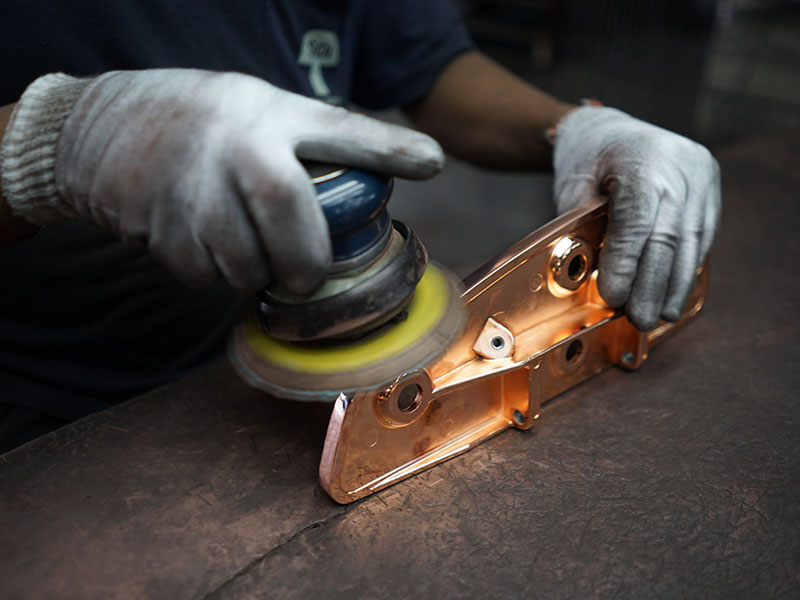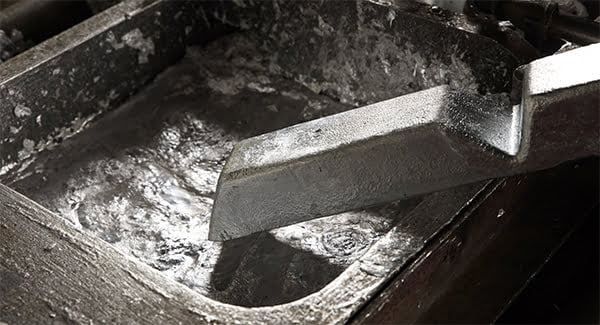The Precision and Versatility of Diecasting
The Precision and Versatility of Diecasting
Blog Article
Diecasting is an incredibly versatile and popular manufacturing technique that involves injecting molten metal into a mold cavity at extreme pressure. This method is highly efficient to produce large quantities of complex metal parts that have excellent accuracy in dimensional measurement and smooth surfaces. The process, materials, and the applications of diecasting are crucial to many sectors, which makes it a cornerstone in modern manufacturing. This article outlines the basics of diecasting, its benefits, and its diverse applications within the manufacturing industry.
Diecasting is the usage of molds, also known as dies. These are constructed out of high-quality stainless steel, which can stand the extreme conditions of the casting process. Die designs are done to be precise, and usually incorporate complex details as well as fine tolerances in order to guarantee precision of the final product. The process of diecasting involves molten metal-commonly aluminum, zinc or magnesium is in the dies under high pressures. This quick injection and subsequent finalization results in components that have outstanding dimensional stability as well as a perfect surface finish that reduces the need for further processing or finishing. The preciseness of the dies allows the fabrication of intricate geometries which are difficult or impossible to attain using conventional production methods.
One of the major advantages of diecasting is the ability to manufacture parts with high quality and precision and smooth surface finish. High-pressure injection makes sure that the molten metal conforms precisely in the mold resulting with parts that need only minimal in terms of machining or finish. This accuracy is particularly useful when it comes to creating complex geometries or thin-walled pieces that would be challenging or impossible to achieve by other processes of manufacture. In addition, diecasting produces components with precise tolerances and great repeatability. It is perfect for large-scale production. The effectiveness of this process can also result in cost savings since the high productivity rates cut down on labor as well as material waste.
Diecasting's flexibility is evident in its widespread usage across different industries. For the automotive sector as an example, diecast parts are fundamental when it comes to the manufacture of engine components, transmission housings, and other structural components. They benefit from the strength and durability provided by diecasting, as well as the ability to produce lighter parts, which improve the fuel efficiency. For aerospace it is essential to have high-strength and lightweight parts is essential Diecasting can provide the quality and precision necessary for the most demanding of applications. Consumer electronics also count heavily on diecasting for producing durable and precise housings and internal components to ensure the long-term reliability of electronic devices. The medical, telecom, and power tools industries show the vast application and significance of diecasting for modern manufacturing. To find further details please go to my blog
Diecasting's flexibility extends to its many applications in various sectors. Within the automotive sector Diecast components play an integral role to the construction of motors, transmissions and structural elements, contributing to smaller, lighter vehicles that are more efficient in fuel consumption. In the electronics sector, diecasting is used to manufacture heat sinks, housings, and connectors, making sure that the proper thermal management is in place and longevity for electronic devices. Consumer goods also is a beneficiary of diecasting, having applications ranging from appliances for the home to power tools, toys and even power tools. Diecasting's ability to adapt to different metals, as well as its capacity to produce parts with intricate patterns make it ideal for various types of applications. Each benefiting from the distinct benefits that diecasting provides.
Diecasting is a crucial manufacturing method that is able to combine the highest level of precision, efficacy and versatility. The ability of diecasting to create sophisticated, high-quality parts with outstanding mechanical properties make it indispensable to many sectors. The efficiency of diecasting in mass production, along with the material and cost benefits, justifies its significance in manufacturing today. With the need for high-performance and reliable parts continues to increase, diecasting will continue to be a cornerstone technology, driving innovation and enabling the production of products with the latest technology that will meet the ever-changing demands of the marketplace. By its continual advancement and use diecasting is an example of connection between engineering excellence and manufacturing knowledge, establishing its importance in the next phase of manufacturing.